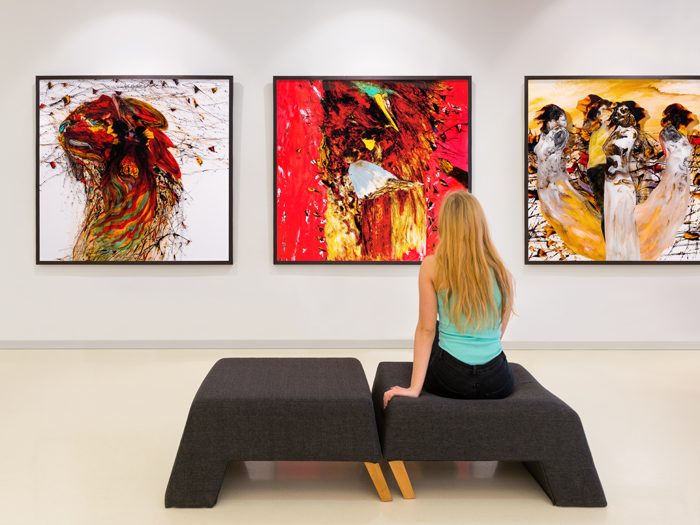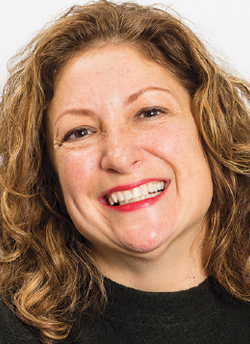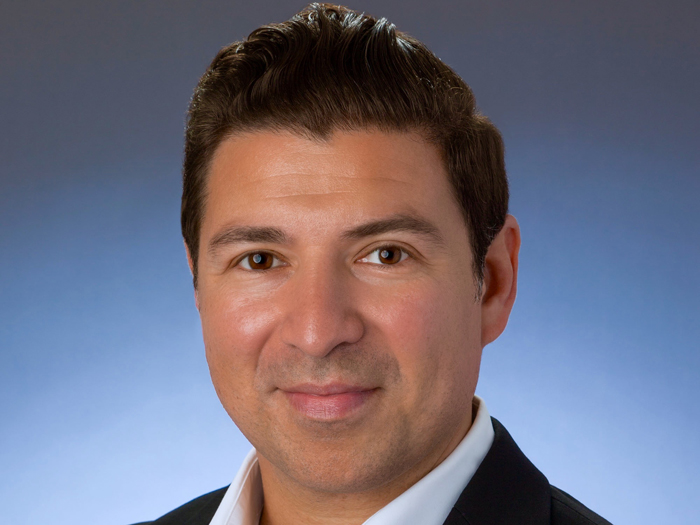How Aon’s Anne Rappa Helps Keep the Corning Museum of Glass Loss Free

As a student at New York University, Anne Rappa would often spend her breaks between classes exploring the many art galleries dotting SoHo, the center of the art world that just happened to be in NYU’s backyard.
At the time, she sometimes found the visits “intimidating.” She was double majoring in English literature and art history, so she appreciated the meaning behind the artwork and viewed their creators with intense admiration and respect.
After graduation, as happens to so many in the industry, an opportunity to work in insurance fell in her lap.
She began her career at Alexander and Alexander Insurance Corporation thanks to a referral from a former colleague, and in just a few short months, Rappa began building relationships in the art insurance world.
“It really is a community. It’s a very collegial atmosphere among the brokers, underwriters and claims people. At the end of the day, everyone is interested in the appropriate protection of the property,” Rappa said.
Over the years Rappa built up expertise in the risks of moving and protecting fine art but continues to learn. No two days — even no two phone calls — are exactly the same. The emergence of different art forms, new artists and new exhibitions means the challenges are always changing.
“I really like the creative aspects of it. You never know what’s going to be asked of you. My clients are movers and shakers and very interesting people, and I like supporting them,” Rappa said.
The Complex Challenges of Insuring Fine Art
Rappa and her team have worked with the Corning Museum of Glass for years and take pride in its status as a loss-free museum.
Last year, the museum decided to launch a new exhibition showcasing the work of many artists across the country, which would naturally involve moving many pieces of very fragile sculptures across thousands of miles.

Anne Rappa, senior vice president, Aon
Rappa was tasked with finding a way to insure the project within a very limited budget.
She found a solution by deconstructing the project, breaking down and categorizing the various pieces by their value and the distance they had to travel in order to stratify them by risk.
Then she determined who would be responsible for packing and moving the pieces. In some cases, professional staff at the artwork’s home museum could take on the responsibility, and in other cases, the artists themselves would do the job.
Contracts that delineated these obligations were put in place, and the budget could be prioritized accordingly.
In another scenario, one of Rappa’s clients was taking on a massive expansion.
“I worked closely with the client to carefully review the new structure they were building, including the risk factors associated with its construction and the security surrounding the construction and the timeline for moving artwork into the building. There were a lot of moving parts to consider,” Rappa said.
That often meant going out to the site to conduct loss control inspections with the client and hopping on a lot of conference calls.
Rappa and her team worked closely with a security consultant to ensure they understood how everything would be protected.
“To manage and insure a project this large, it really requires being proactive. You have to see all the potential problems before they happen. And you have to communicate those to your client early and often. Because they aren’t thinking about the insurance; they’re thinking about the art and the project itself. You have to keep the risks and risk management plans top-of-mind for them,” Rappa said.
Speaking Their Language
Brokers sometimes have to break unpleasant realities to their clients and justify an alternative solution. On one occasion, Rappa had to explain to a client’s board of directors that she couldn’t get their premium as low as they wanted because of the way their artwork was distributed.
They had the majority of their highest-value pieces concentrated at one property. In order to reduce their risk, and therefore their insurance costs, they would have to spread those pieces out geographically.
“When you are presenting to a board of directors with a variety of different backgrounds and levels of experience, there’s no way to appeal to everyone in a way that’s universal. But I never dumb the conversation down beyond the essential elements that are necessary to do a good job,” Rappa said.
“The room was filled with the ‘who’s-who’ of the art world. These people were like rock stars to me. But that was the most exciting day of my career.” — Anne Rappa, senior vice president, Aon
“The concentration of value is a major risk factor in the world of fine art, and it has to be talked about. We have to explain to boards why they have to consider it and account for it. Ultimately, we have to explain risk in a way that is understandable to them, and that is by keeping the focus on the art and keeping it safe, which [is] everyone’s top priority.”
For someone like Rappa who has long been enthralled with the world of art and who regards its leaders as personal heroes, presenting to a board can be a high-pressure experience.
“The room was filled with the ‘who’s-who’ of the art world. These people were like rock stars to me,” she said. “But that was the most exciting day of my career.”
The Value of Service and Relationships
Many things have changed in the fine art industry since Rappa began her career. Today, the value of art has never been higher, and museums and artists also engage in more transactions. Art moves further and more frequently.
Given those changes, it can be easy for brokers to become transaction-focused as well, thinking in terms of numbers and logistics.
But Rappa believes the key to doing a good job is understanding who a client is and what’s important to them. They don’t think in terms of dollar signs first, so neither should their broker.
“Everything begins and ends with my client and knowing what is important to them. It’s very important to be face-to-face with people you do business with. You need to get away from your desk and really form a connection with your client,” Rappa said.
Understanding clients also means understanding how they approach risk mitigation and where they could do better.
Today, brokers have to do more than just place a policy. In order to maintain relationships, they have to provide a service to clients all year long — not just at renewal.
“Most of the work I do is in helping clients with loan agreements, and shoring up security, and evaluating new projects. My job is to serve as a risk adviser, and that is separate from all the transactions,” Rappa said.
Years in the insurance business have not dulled Rappa’s love for fine art or her admiration for her clients.
“I really enjoy what I do and the community that I serve. I don’t know that I would be able to do as good of a job if I didn’t feel that way,” she said. &










